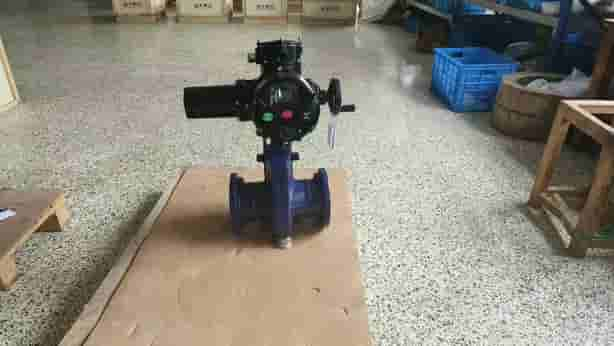understanding the electric pinch valve: a comprehensive overview
Release time:2024-12-13 00:58:05
Electric pinch valves are specialized devices used in various industries to control the flow of fluids through a pipeline. Their unique design and functionality make them particularly suited for handling challenging applications where conventional valve types might struggle. This article delves into the workings, advantages, and applications of electric pinch valves, shedding light on why they are a preferred choice in many industrial settings.

Design and Functionality At its core, an electric pinch valve operates by compressing a flexible tube or hose to control fluid flow. The valve comprises a tube, usually made from rubber or a synthetic material, and an electric actuator. The actuator, when energized, exerts pressure on the tube, pinching it closed to stop the flow or opening it to allow fluid to pass through. This mechanism allows for precise control over the flow rate and provides a reliable means of isolating and regulating the fluid within a pipeline.
The primary advantage of this design is its simplicity and effectiveness. Unlike traditional valves that rely on complex moving parts or seals, electric pinch valves utilize a straightforward approach to flow control. This simplicity not only reduces the potential for mechanical failure but also makes maintenance easier. Additionally, the absence of traditional valve seats and seals minimizes the risk of leakage and ensures that the valve remains functional in harsh operating conditions.

